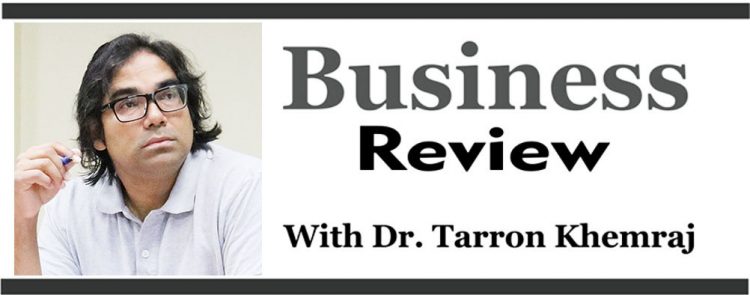 The previous column discussed several important international functions the dollar performs. The dollar serves as an international store of value enabling countries that earn foreign exchange to save in an easily convertible currency. It serves as a medium of exchange allowing payments beyond the American border. It also serves as a unit of account permitting businesses to express prices in a unified medium. I did not mention this final function: the dollar is used for settling a large percentage of international debt. Developing countries are acutely aware of the latter function since they have to repay their foreign debt in dollars.
The previous column discussed several important international functions the dollar performs. The dollar serves as an international store of value enabling countries that earn foreign exchange to save in an easily convertible currency. It serves as a medium of exchange allowing payments beyond the American border. It also serves as a unit of account permitting businesses to express prices in a unified medium. I did not mention this final function: the dollar is used for settling a large percentage of international debt. Developing countries are acutely aware of the latter function since they have to repay their foreign debt in dollars.
The international role of the dollar is quite unique from a historical standpoint, given that we are living under an international monetary system in which currencies are not tied to gold or any other precious metal. This system is informally known as the international fiat system, which has to be distinguished from the era of Bimetallism, the classical Gold Standard and Bretton Woods. Under Bimetallism and the Gold Standard, the international system had an element of self-adjustment, meaning a deficit country experienced a loss of gold and silver causing it to raise the interest rate and contract internal demand.
